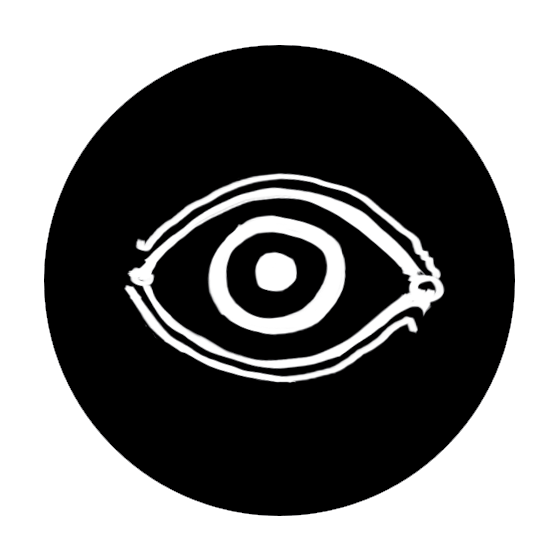Internet Identity & Art
“A Safari Into An Autonomous Zone.”
After moving from Colombia to the United States at age 14, Julian Garcia marveled in the freedom of the even playing field of the Internet. All content was accessible.
The impact he felt going online as a teen has now come into play with his artistic practice, as he’s currently pursuing a fine arts degree at Concordia.
Garcia initially saw the Internet as a place with aesthetics and concepts that could be explored, but through his experiences of the web and the changes it has undergone, he has come to see it as “a place to express aesthetics.”
“[The Internet] presents content purely in an archival form. [It] gives meaning with descriptions and information, but without tangible presentation,” he said. Now, he wants to “play with how the Internet works.”
Garcia and his collaborator Matt Goerzen have been working on projects together that take a look at the Internet in a critical fashion through online projects, like the Boca Gallery and artist talks.
In September, they held a workshop on the deep web, dark-nets and the web browser and anonymity network Tor at Eastern Bloc.
That workshop was an introduction into the web that is not seen on contemporary browsers, and the anonymity that the Tor browser gives the user.
“The deep web workshop was an opportunity to show a somewhat ‘decentralized’ side of the Internet to a generation that largely relies on centralized Web 2.0 platforms to interact with others through the web,” said Garcia.
This sub-level of the web allows for behaviour that would be otherwise be reported on the surface web—an experience that he calls “a safari into an autonomous zone.”
Garcia and Goerzen see the Tor browser as not only giving artists, but also anthropologists, sociologists and economists, insight into the interesting self-organized communities that exist in the deep web and dark-nets.
Where Web 1.0 was an anonymous web landscape where users’ interests were in exploring the virtual and would avoid the real, the movement to Web 2.0 was a move towards an identity-focused network; about presenting who you are and what you do.
Garcia’s art practice also includes a project with a group of artists, including Goerzen, called the Boca Gallery. It’s an online gallery that is focused on selling completely digital artworks, both two-dimensional and sculptural.
“We created an online ‘art gallery’ in order to legitimize the idea of ‘digital artworks,’” he said.
“As the project developed, it became more prominent that the gallery itself epitomizes the original idea of displaying artwork online and challenging attitudes towards works of art that can be seen, but that can’t be physically owned.”
You can see Garcia’s works at islandofjulian.com and visit the Boca Gallery at bocagallery.com.


_600_832_s.png)


_600_375_90_s_c1.jpg)
